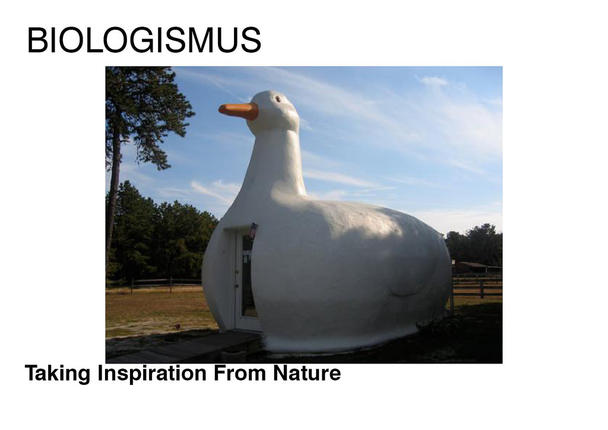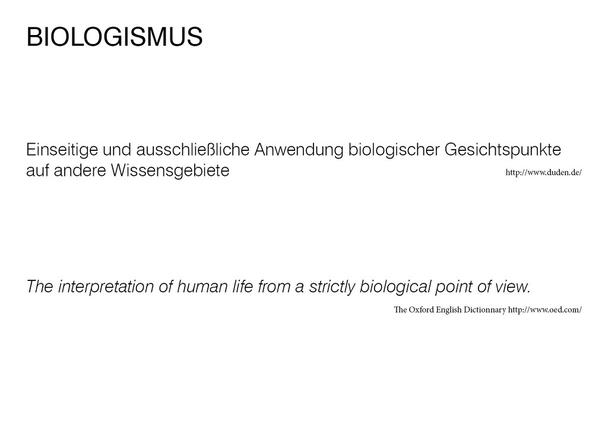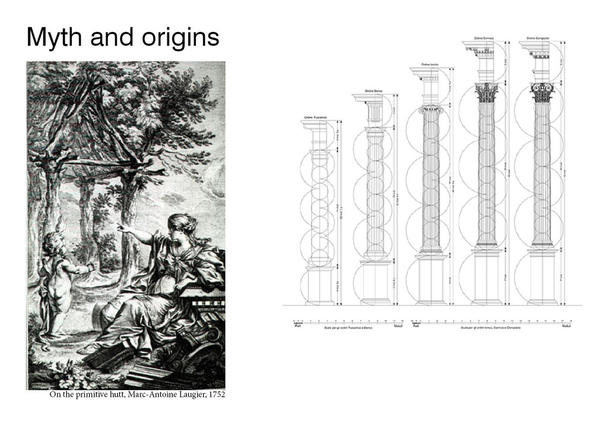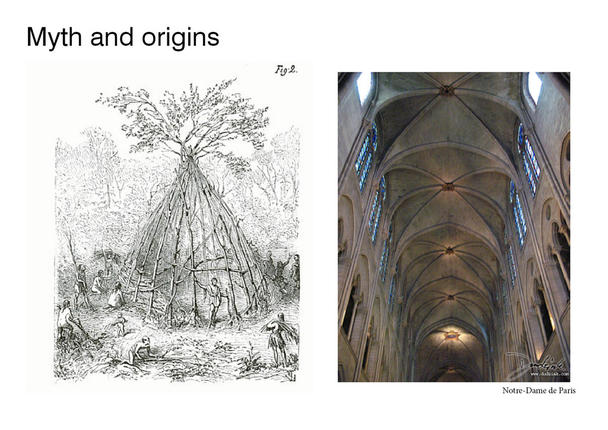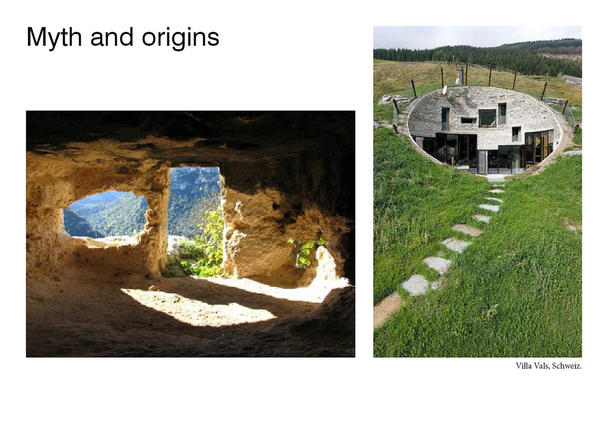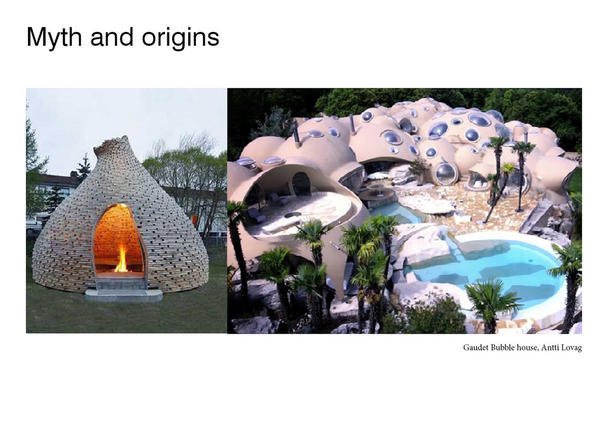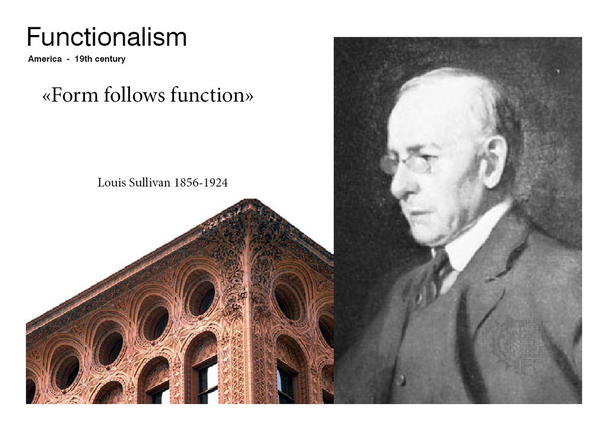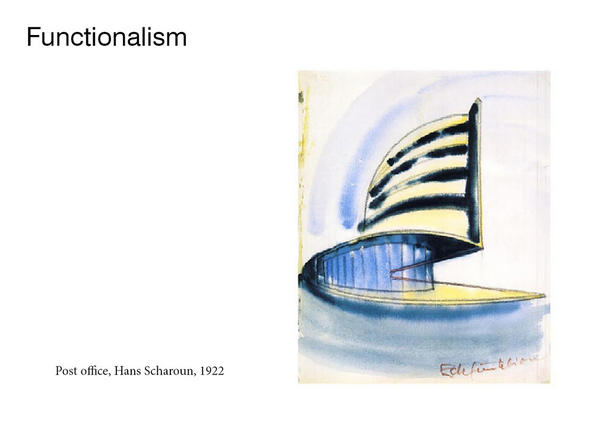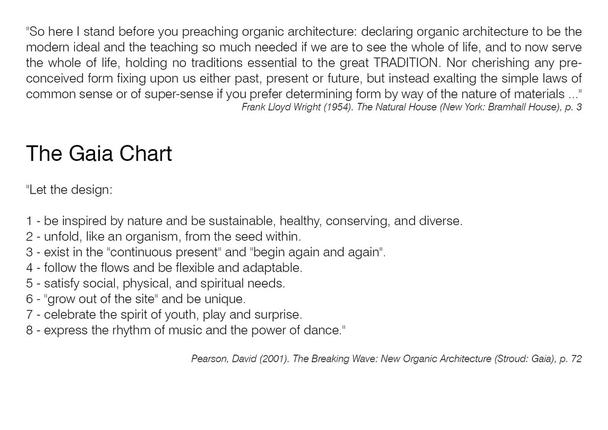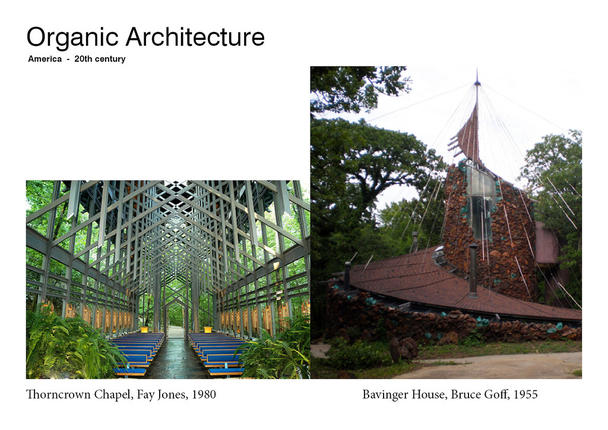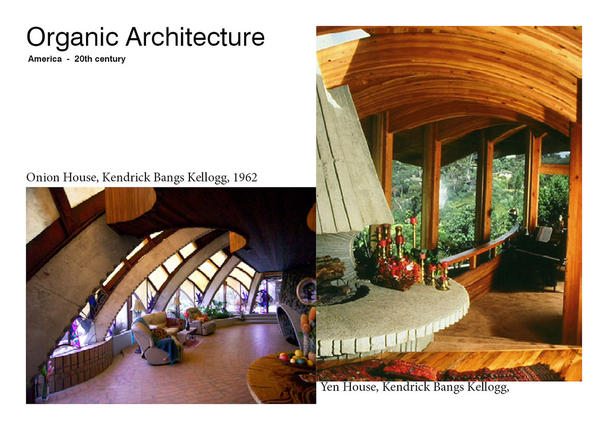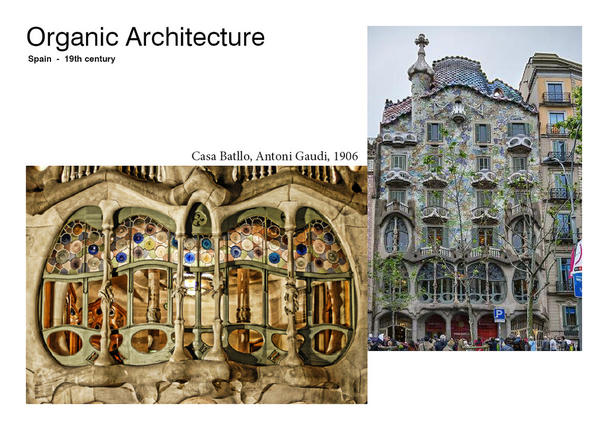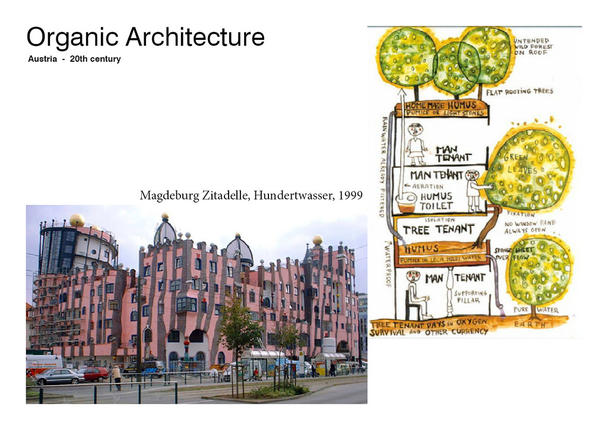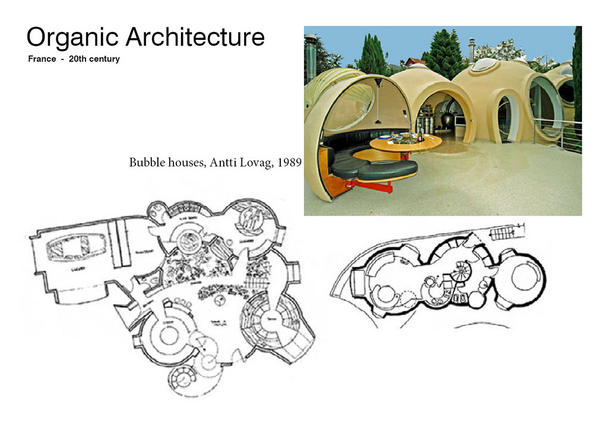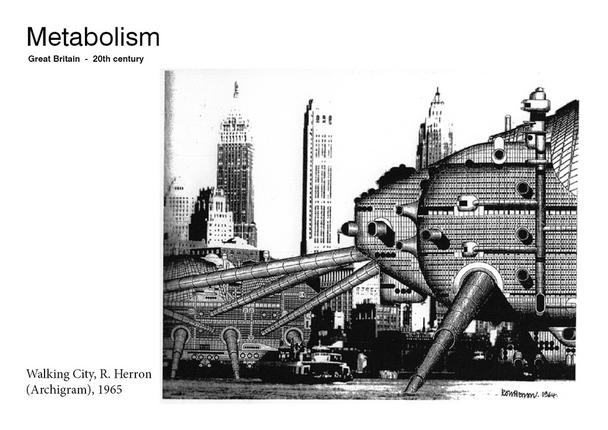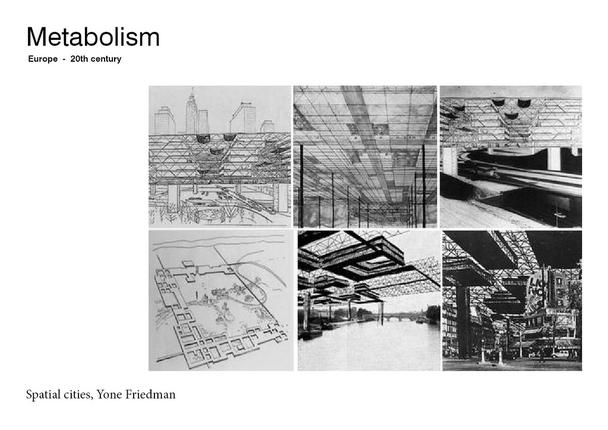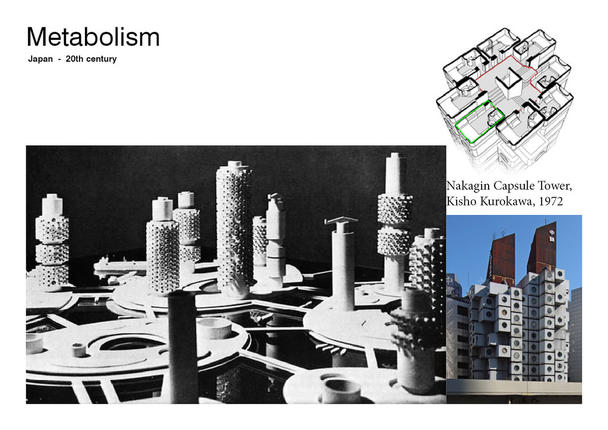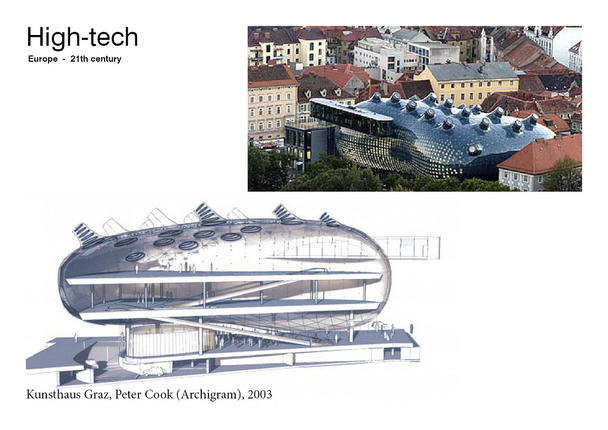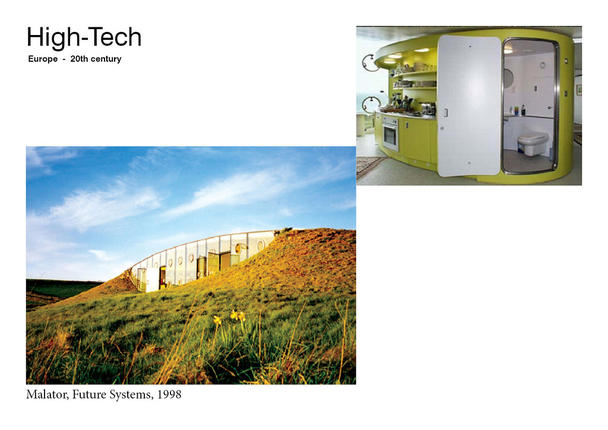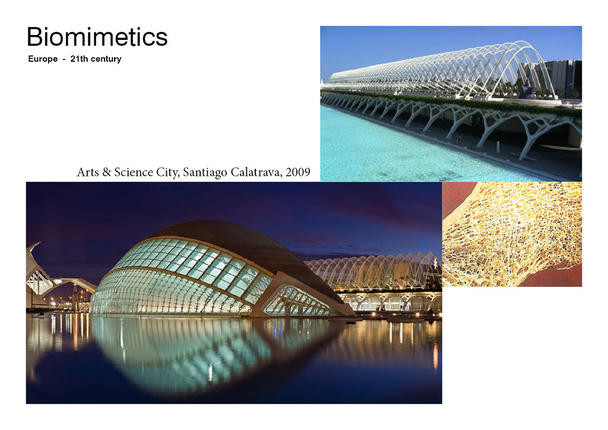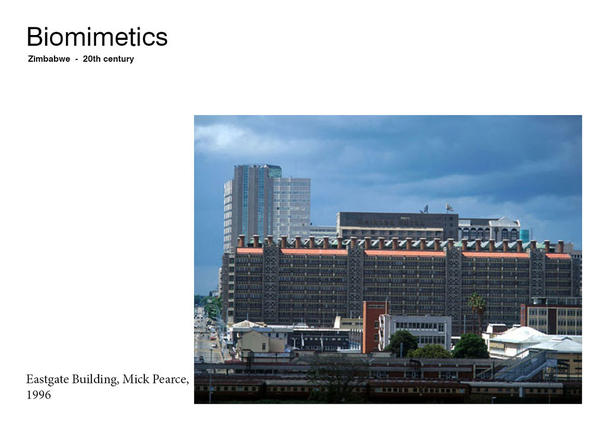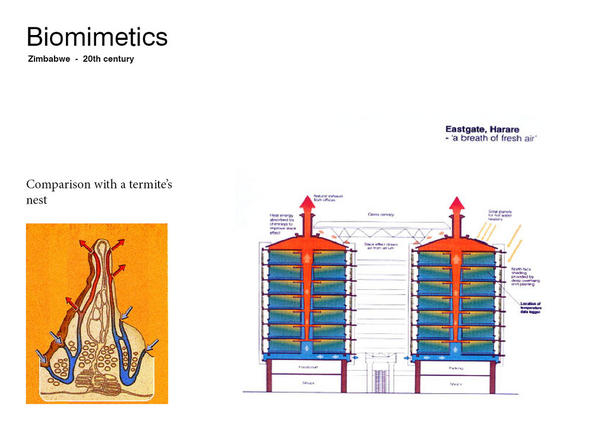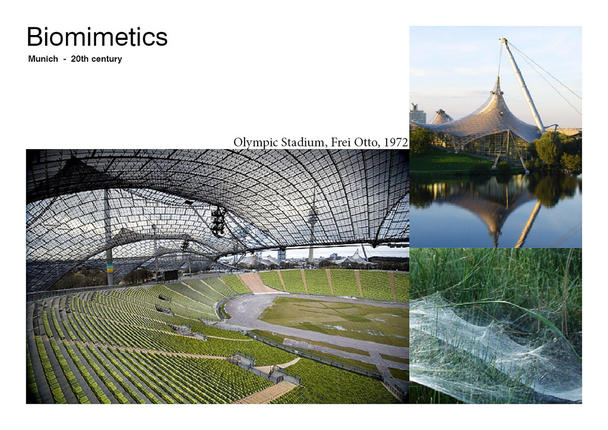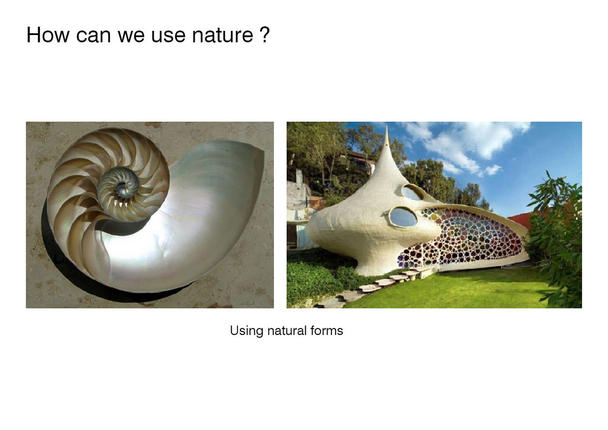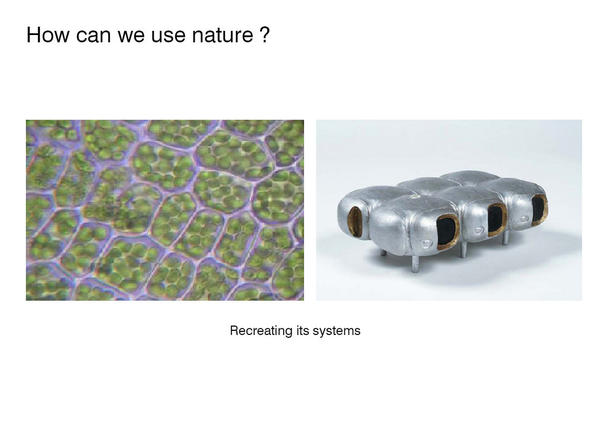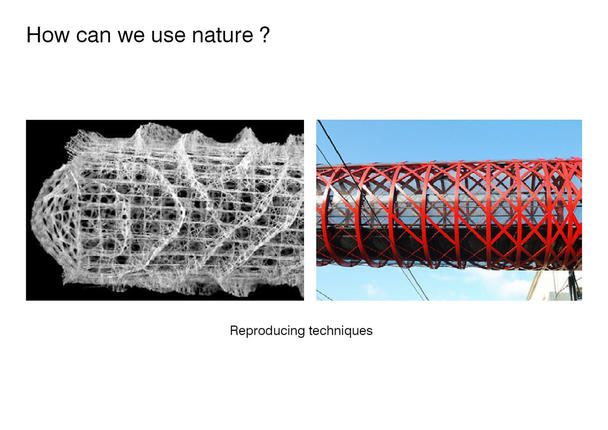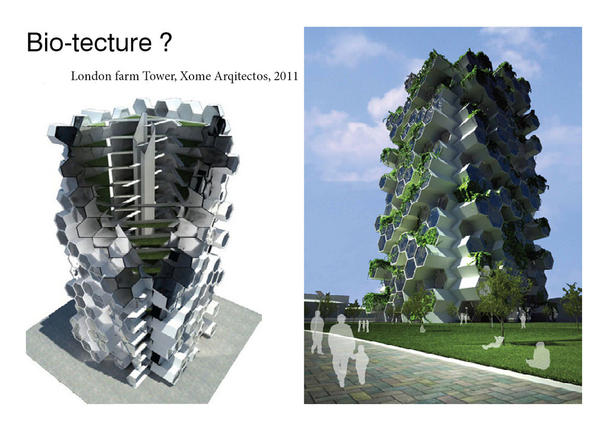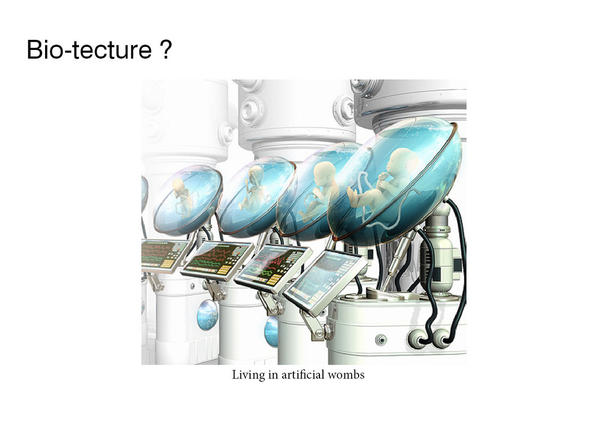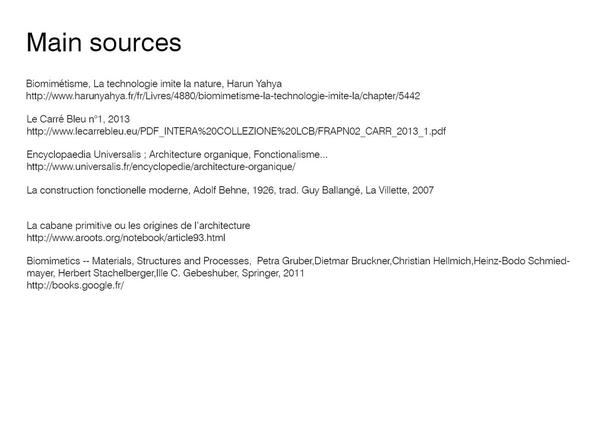Adrien Chauvin , 15/02/2015
Biologism as we know it today originated in the united states. Functionalism was born in Chicago at the end of the nineteenth century, its most prominent member being Louis Sullivan. Following his footsteps, Frank Lloyd set up the standard of biologic architecture. The idea behind this movement is that, as a living organism, a building should be born from both its inherent functions and its environment. He was followed until today by a lot of architects that didn’t want to take part in the international style.
Meanwhile in Europe, the influence of fonctionalism wasn’t as strong. The manifestations of biological architecture are more the work of artists, like Antoni Gaudi, or Hundertwasser. They were more focused on what would please the eye, in order to create an enjoyable living space.
In the most recent years, and through the influence of high-tech architecture, the influence of nature is now expressed in a new technical way. These are biomimetics. Instead of trying to look like an organism, some technologies were made to exactly reproduce the features of biological structures (such as termite’s nests).
All in all, despite the work of metabolists, that really tried to conceive whole cities in terms of cells connected by veins, biological architecture has essentially remained an exclusively architectural concern. It comes probably from the fact that considering a building as a single organic entity is denying that buildings form cities, and somehow societies.
